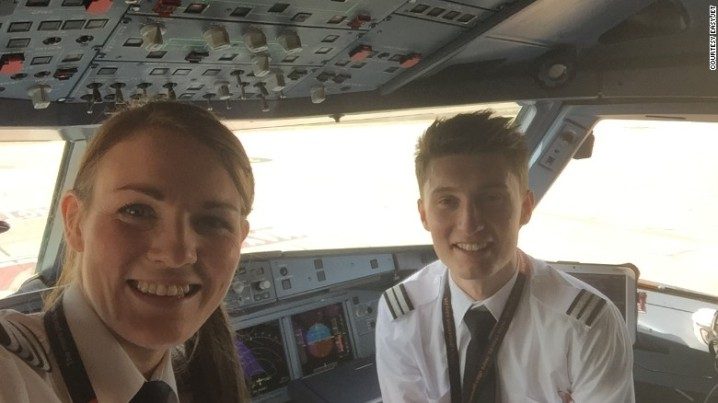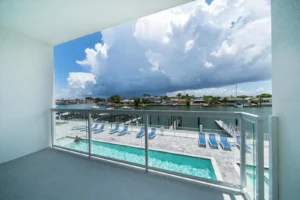The opulent dining rooms, kitchens and lounges are just the beggining of what you will find in the most amazing planes created custom by billionaires
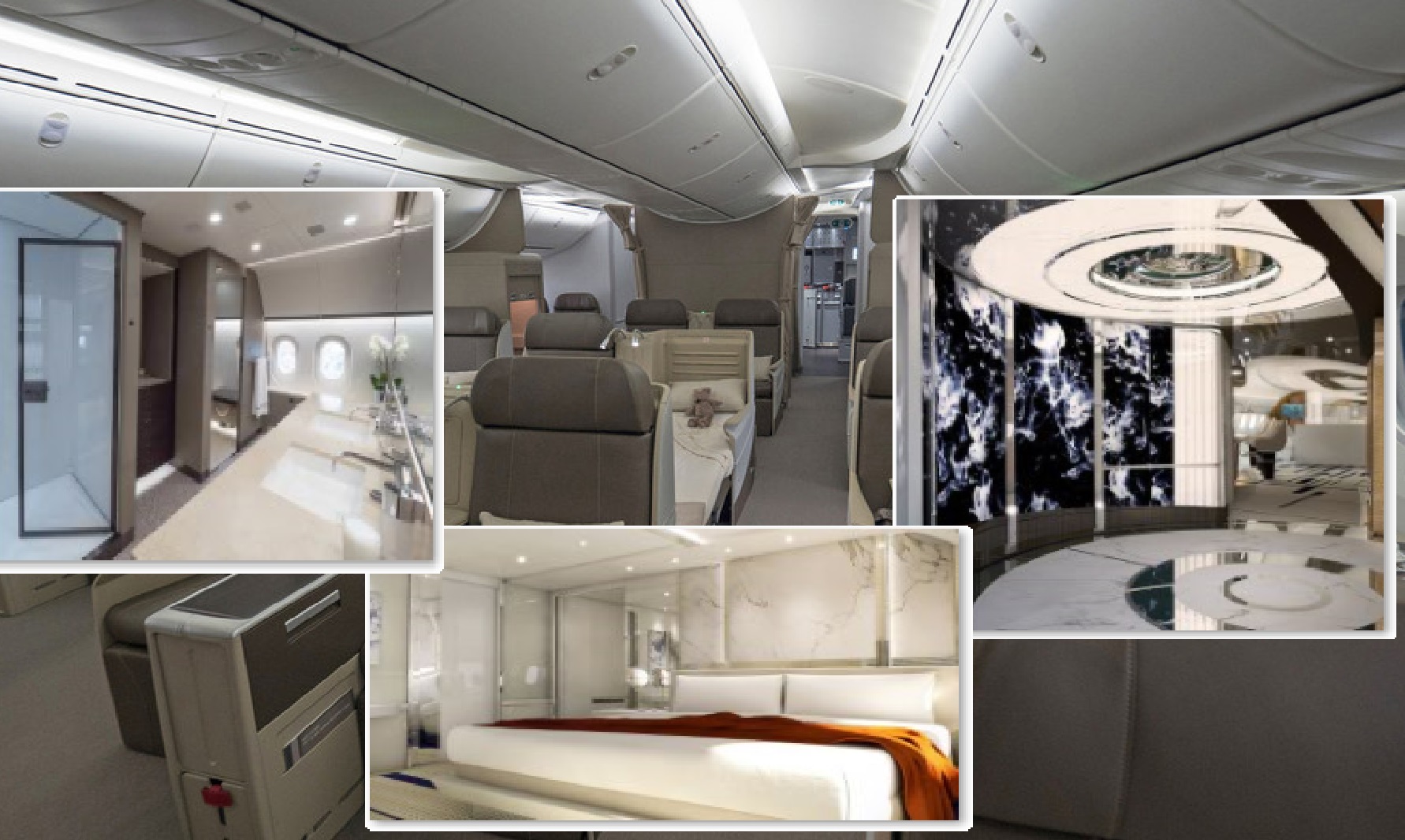
The Boeing 787 and the Airbus A350 can fly nonstop between just about any two cities in the world. They can each hold 300 passengers. Or a family of four.
In the rarest air of wealth, jumbo jets are being outfitted as private planes.
They cost $300 million or more.
A Boeing 787 outfitted by Kestrel Aviation Management is scheduled to be delivered this week to a Chinese company, HNA Aviation Group, that plans to use it for its CEO and for VIP charter trips. The tricked-out jet was put on display at an aviation conference this year and pictures of its interior were made public—something unheard of in the world of ultra-fancy, ultra-secretive private-jet buyers.
A peek inside is more than just airplane voyeurism. Sometimes innovations in private jets make it into the commercial airline fleet, such as new communications equipment or wing tips that increase range and fuel economy. Private buyers are demanding, and manufacturers can experiment when they are outfitting one plane rather than a fleet.
Kestrel chief executive Stephen Vella says new materials and lightweight construction techniques pioneered on private planes often get adopted in fancy first class airline cabins.
“We are the only part of the company that sells aircraft to passengers,’’ says David Longridge, president of Boeing Business Jets.
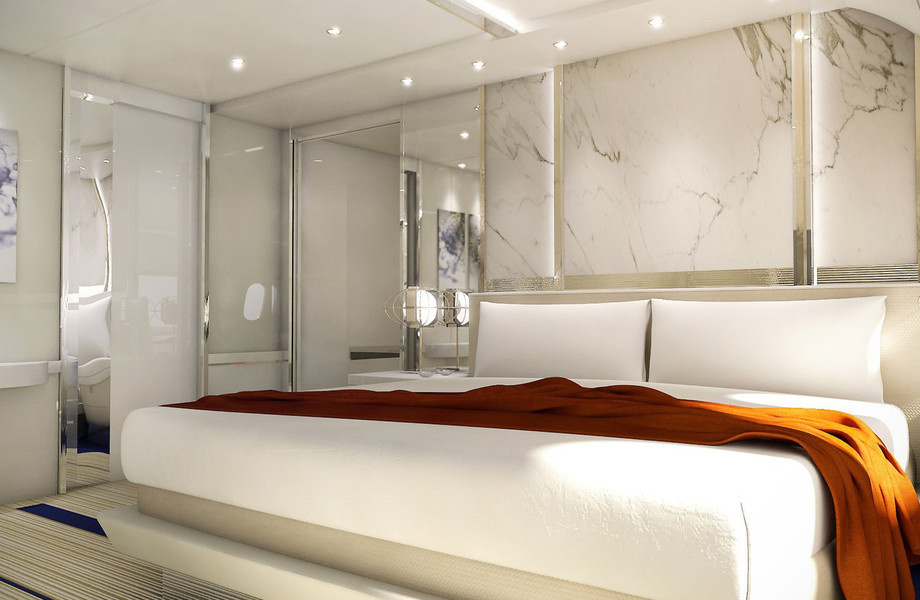
The biggest selling point of the 787 and A350 is the range—10,000 miles or more depending on weight and fuel capacity of the plane. That means they can fly from Asia to the U.S. East Coast and from the Middle East to the West Coast without stopping for fuel.
“They don’t like to stop,” Mr. Vella says of his clients.
The private 787 Mr. Vella was hired to sell took two years to design and outfit. Mr. Vella says he went all-out, even buying two tons of marble that a contractor sliced into very thin pieces that were mounted on lightweight structures with a flexible membrane in between so they wouldn’t crack in turbulence.
The plane was recently bought by HNA, a transportation company and parent of several airlines, including China’s Hainan Airlines.
It was Mr. Vella’s 11th widebody project, but “for the first time in my career I’ve been able to show [the public] what type of work we do,” he says. Mr. Vella took an empty shell of an airplane from Boeing and worked with a French design firm to create a cabin that would be distinctive enough for a billionaire buyer but plain enough to accommodate the aesthetics of clients from both the Middle East and Asia, the regions where most private jumbo buyers come from. The plane was turned over to Greenpoint Technologies, a Kirkland, Wash., firm that specializes in building aircraft interiors and retrofitting airliners, for more than a year of construction on the interior.
Boeing has sold 15 787s, which carry about 220 to 300 passengers for airlines, in recent years to private buyers, most of them individuals, Mr. Longridge says. In the past, its biggest offering for most nongovernment buyers used to be the single-aisle 737, which seats about 150 people for airlines.
“The world has moved on and has moved up and people are flying bigger airplanes,” he says.
At 2,408 square feet, a private 787-8 cabin has homey comfort on a 17-hour flight for a staff of 40 or just a billionaire’s family. The plane is usually fitted with a living room, dining room and den. Showers as big as those in five-star hotels have flow rates of 2.2 gallons a minute, which is close to the U.S. federal standard for new shower heads. Gourmet kitchens have induction cooktops, since flames aren’t allowed, plus steam convection ovens, chillers, freezers, espresso makers and rice cookers.
Master bedrooms have a “gust belt”—a giant seat belt covering the mattress—plus oxygen masks scattered in the ceiling. Furniture is constructed with thin slices of wood, metal or marble covering lightweight honeycomb material to look real but save weight.
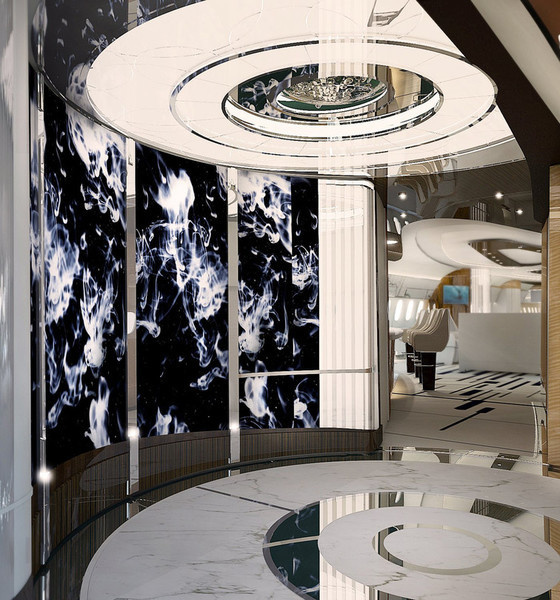
Greenpoint, one of the largest outfitters of big private airliners, has one client’s 777 in its hangar, along with a new private 787.
Greenpoint executive vice president Bret Neely says a widebody offers three times the space inside the plane, but operating costs aren’t three times as large.
“The luxury is really amazing. If you’ve been in a really, really high-end hotel, that starts to get at what it’s like in one of these master suites,” Mr. Neely says. “The 787 and A350 are the future of VIP.”
Building all that fancy into an airplane turns out to be a difficult engineering challenge, and not just because everything needs to be lightweight. Most everything on board has to be bolted down and capable of withstanding extreme forces. Private jets must meet FAA requirements and prove the interior isn’t going to come apart should the cabin suddenly decompress or crash land.
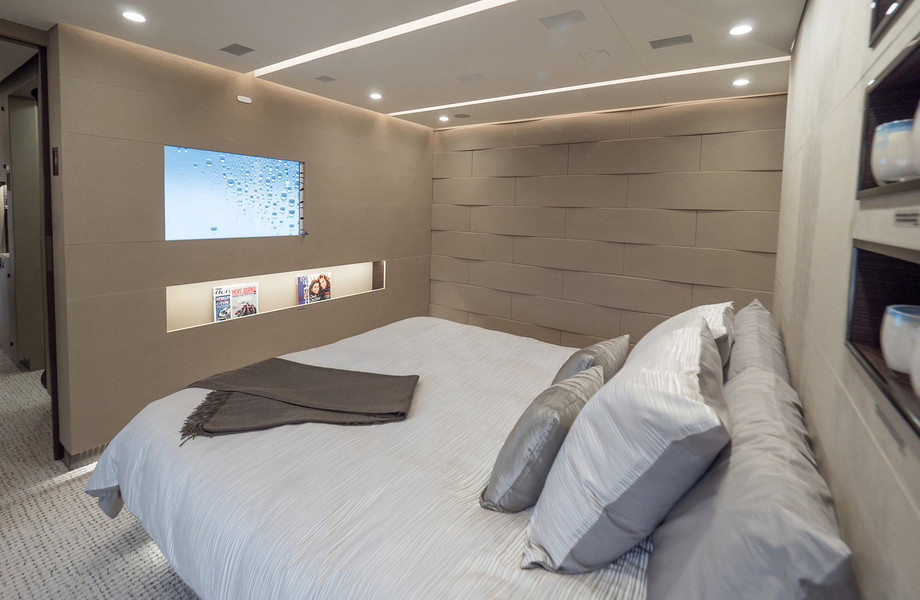
A bed has to withstand an event with nine times the normal force of gravity, Mr. Neely says, and meet flammability requirements.
Tables may have head-strike pads to make surfaces less lethal in accidents. Candleholders can’t have candles—Evergreen has a local glass artist fabricate candle holders with a hole in the bottom where an LED light is placed.
Some private jumbos have guest bedrooms, offices, staff seating, even rooms for providing medical treatment, hospital beds and all. Some have missile defenses installed—not nearly as elaborate as military defenses installed on the Boeing 747s used as Air Force One, but commercially available systems that use radar to detect missiles and deploy flares as countermeasures. The planes also have a full range of security systems, such as alarms if cargo doors are opened on the ground, motion sensors and cameras. Some carry private gun lockers and almost all carry at least one, if not two, safes for cash and jewelry. Cargo bays have room to carry spare parts like extra wheels.
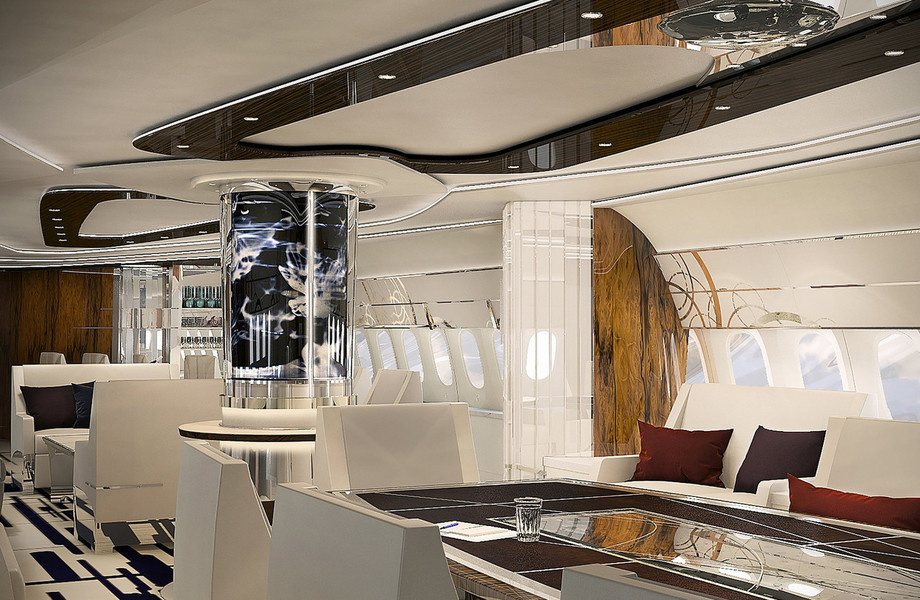
Crystal Cruise Lines just put a Boeing 777 into Greenpoint’s hangar in Moses Lake, Wash., to be turned into a flying cruise ship. The plane, with 3,000 square feet of space, will have a bar, lounge and gambling table, plus 84 first-class seats instead of close to 400 airline seats. A round-the-world trip with stops at hotels in several cities would take 14 to 28 days by plane. Its maiden voyage is scheduled for 2017.
“The well-traveled leisure market is looking for new things,” says Richard Ziskind, vice president and managing director of Crystal Luxury Air and Crystal AirCruises.
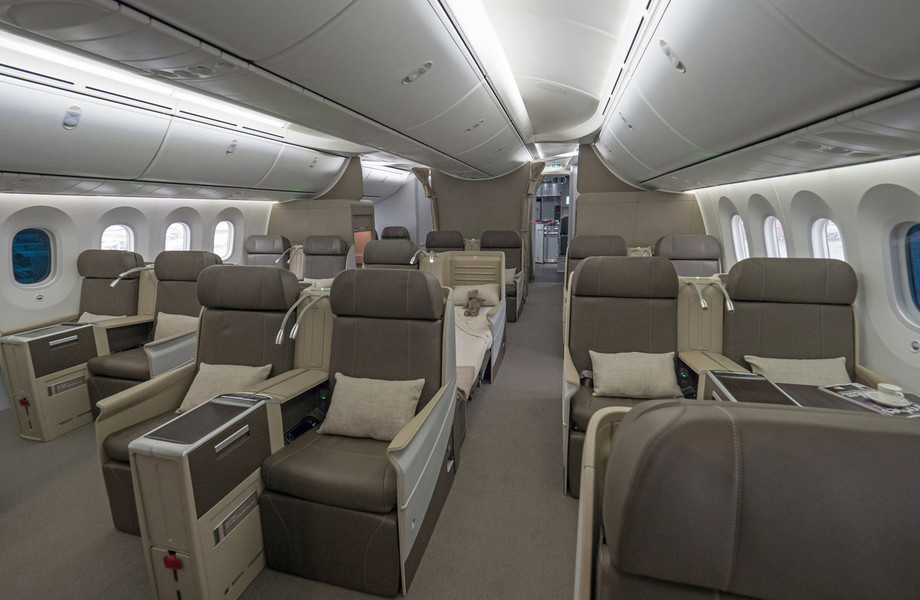
Crystal, which operates ocean liners, riverboats and yachts, sees its plane as a natural extension. With a water cruise, 80% of the experience is on the ship. With an air cruise, 20% will be in the air and the rest on land excursions. The plane may be available for charter, Crystal says, depending on its tour schedule of around-the-world trips.

Several firms already offer luxury air trips with specially outfitted private planes, such as narrowbody 757s fitted with 50 or 75 seats instead of 180. Those trips often cost $80,000 or more.
Next Article: Youngest Airline Pilots Ever
